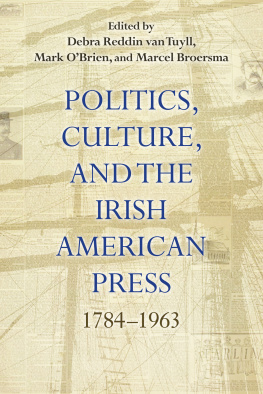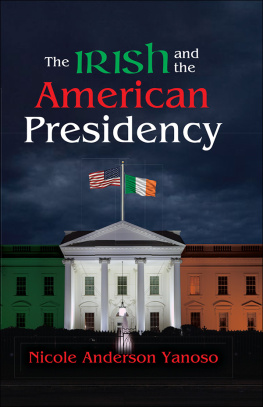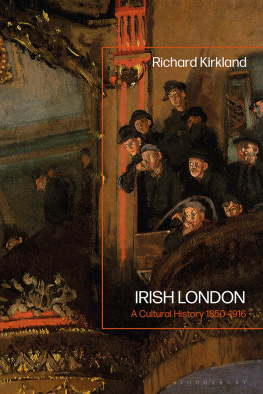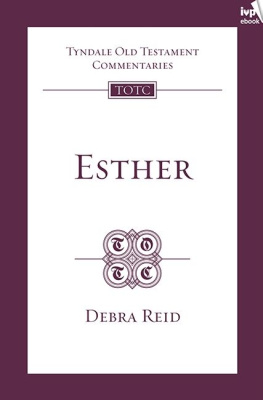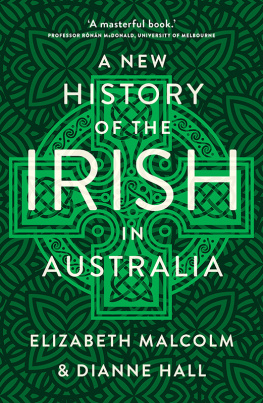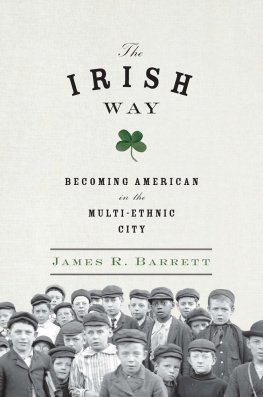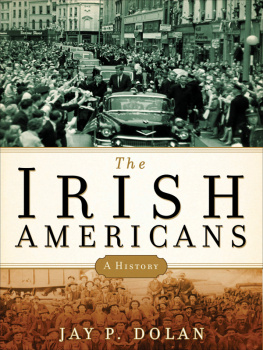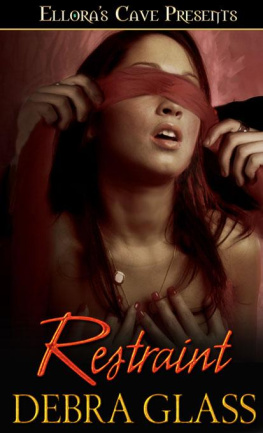Debra Reddin Van Tuyll - Politics, Culture, and the Irish American Press
Here you can read online Debra Reddin Van Tuyll - Politics, Culture, and the Irish American Press full text of the book (entire story) in english for free. Download pdf and epub, get meaning, cover and reviews about this ebook. year: 2020, publisher: Syracuse University Press, genre: Politics. Description of the work, (preface) as well as reviews are available. Best literature library LitArk.com created for fans of good reading and offers a wide selection of genres:
Romance novel
Science fiction
Adventure
Detective
Science
History
Home and family
Prose
Art
Politics
Computer
Non-fiction
Religion
Business
Children
Humor
Choose a favorite category and find really read worthwhile books. Enjoy immersion in the world of imagination, feel the emotions of the characters or learn something new for yourself, make an fascinating discovery.
- Book:Politics, Culture, and the Irish American Press
- Author:
- Publisher:Syracuse University Press
- Genre:
- Year:2020
- Rating:3 / 5
- Favourites:Add to favourites
- Your mark:
- 60
- 1
- 2
- 3
- 4
- 5
Politics, Culture, and the Irish American Press: summary, description and annotation
We offer to read an annotation, description, summary or preface (depends on what the author of the book "Politics, Culture, and the Irish American Press" wrote himself). If you haven't found the necessary information about the book — write in the comments, we will try to find it.
Politics, Culture, and the Irish American Press — read online for free the complete book (whole text) full work
Below is the text of the book, divided by pages. System saving the place of the last page read, allows you to conveniently read the book "Politics, Culture, and the Irish American Press" online for free, without having to search again every time where you left off. Put a bookmark, and you can go to the page where you finished reading at any time.
Font size:
Interval:
Bookmark:
Table of Contents

Irish Studies
Kathleen Costello-Sullivan, Series Editor
Select Titles in Irish Studies
Fine Meshwork: Philip Roth, Edna OBrien, and Jewish-Irish Literature
Dan OBrien
Irish Questions and Jewish Questions: Crossovers in Culture
Aidan Beatty and Dan OBrien, eds.
Laying Out the Bones: Death and Dying in the Modern Irish Novel
Bridget English
The Rebels and Other Short Fiction
Richard Power; James MacKillop, ed.
Respectability and Reform: Irish American Womens Activism, 18801920
Tara M. McCarthy
Science, Technology, and Irish Modernism
Kathryn Conrad, Ciln Parsons, and Julie McCormick Weng, eds.
Trauma and Recovery in the Twenty-First-Century Irish Novel
Kathleen Costello-Sullivan
For a full list of titles in this series, visit https://press.syr.edu/supressbook-series/irish-studies/.

Copyright 2021 by Syracuse University Press
Syracuse, New York 13244-5290
All Rights Reserved
First Edition 2021
212223242526654321
The paper used in this publication meets the minimum requirements of the American National Standard for Information SciencesPermanence of Paper for Printed Library Materials, ANSI Z39.48-1992.
For a listing of books published and distributed by Syracuse University Press, visit https://press.syr.edu.
ISBN: 978-0-8156-3692-2 (hardcover)
978-0-8156-3694-6 (paperback)
978-0-8156-5504-6 (e-book)
Library of Congress Cataloging-in-Publication Data
Names: Van Tuyll, Debra Reddin, editor. | OBrien, Mark, 1973 editor. | Broersma, Marcel Jeroen, 1973 editor.
Title: Politics, culture, and the Irish American press, 17841963 / edited by Debra Reddin van Tuyll, Mark OBrien, Marcel Broersma.
Description: Syracuse : Syracuse University Press, 2021. | Series: Irish studies | Includes bibliographical references and index. | Summary: This book examines the emergence of the Irish-American diaspora press and its contribution to the political and cultural lives of Irish-Americans over the course of the last two centuriesProvided by publisher.
Identifiers: LCCN 2020007294 (print) | LCCN 2020007295 (ebook) | ISBN 9780815636922 (hardback) | ISBN 9780815636946 (paperback) | ISBN 9780815655046 (ebook)
Subjects: LCSH: Irish-American newspapersHistory.
Classification: LCC PN4883.5 .P65 2020 (print) | LCC PN4883.5 (ebook) | DDC 071/.40899162dc23
LC record available at https://lccn.loc.gov/2020007294
LC ebook record available at https://lccn.loc.gov/2020007295
Manufactured in the United States of America
And so it is that our two nations, divided by distance, have been united by history. No people ever believed more deeply in the cause of Irish freedom than the people of the United States. And no country contributed more to building my own than your sons and daughters.
President John Fitzgerald Kennedy addressing the Irish Parliament during his state visit to Ireland, June 28, 1963
Contents
Daniel Mulhall
Illustrations
Foreword
Daniel Mulhall, Irelands Ambassador to the United States
I arrived in Washington in August 2017 and have since immersed myself in discharging my responsibilities as Irelands eighteenth ambassador to the United States. Among those responsibilities is, of course, an active engagement with the phenomenon that is Irish America, by which I mean the thirty-three million Americans who in 2015 identified themselves as Irish American. Those thirty-three million represent 10 percent of the American population and amount to seven times the population of Ireland (4.8 million). This large and diverse Irish American community is a distinct asset to Ireland and a linchpin of our strong contemporary relationship with the United States.
As someone who had not previously served in any of our nine US-located diplomatic missions (although I did spend the summer of 1974 in Kansas City as a J1 student), my exploration of Irish America has been both a revelation and a joy. Although there are those who believe that Irish America is in decline as successive generations feel less of a connection with Ireland, on the contrary I have been buoyed by the continued interest in, and affection for, Ireland on the part of those Irish Americans I have met in the course of my official engagements right across the United States.
A question that has intrigued me is how this Irish heritage has been transferred down the generations so that Americans I meet whose Irish roots are often to be found in the Ireland of the 1840s and 1850s continue to cherish an association with their ancestral homeland. As, I suspect, most Irish people, I have only the dimmest appreciation of my own ancestral background beyond the three grandparents in whose presence my earliest memories were created. By contrast, many Irish Americans can name the Irish counties and even the villages from which their nineteenth-century Irish-born ancestors came.
This book, for which its editors and contributors deserve great credit, goes some way in furnishing an explanation of the durability of Irish identity in the United States. Their work lends credence to the claims of political scientist and historian Benedict Anderson that print cultureand particularly newspapersare essential to the creation and maintenance of national identity. Hence it was with pleasure and enthusiasm that I have read its diverse, wide-ranging chapters that view the history of Irish America through the lens of journalism, one of the many walks of American life in which Irish immigrants and their offspring have achieved distinction.
It is, of course, true that the degree of identification with Ireland displayed by Americans of Irish descent varies widely from case to case. For most Irish Americans it consists, no doubt, of a fairly passive acknowledgement of an Irish heritage. That is hardly surprising. What impresses me, however, is the number of Americans who feel their Irish heritage quite strongly and for whom it is an important part of their identity. It was an eye-opener for me, for example, to attend the biannual convention of the Ancient Order of Hibernians and Ladies AOH in Louisville, Kentucky, in July 2018 and to meet some of the one-thousand delegates who had taken the trouble to travel from all over the United States to celebrate their Irish heritage.
I have come across a wide range of Irish American organizations, and not just in the well-known strongholds of Irish immigrant settlementNew York, Boston, and Chicagobut everywhere I have been, that keep the flame of Irish identity alight in todays America. My European colleagues in Washington, including those who represent countries from which significant numbers of immigrants came to America in the nineteenth and twentieth centuries, are invariably impressed by the scale and intensity of Irish Americas devotion to Ireland.
How to explain this enduring identification with Ireland? In the words of Kevin Kenny, quoted later in this book, the eighteenth- and nineteenth-century Irish found in America a mirror of their homeland, a nation of immigrants for a nation of emigrants. The scale of nineteenth-century Irish emigration to America is striking and deserves to be called to mind. Between 1841 and 1900, a total of four million Irish people crossed the Atlantic, adding to the almost one million who had arrived in the first four decades of the century. Although other European countries exported people to America in significant numbers, none did so with such demographic impact at home in that Irelands nineteenth-century population declined sharply on account of the sheer scale of emigration.
Next pageFont size:
Interval:
Bookmark:
Similar books «Politics, Culture, and the Irish American Press»
Look at similar books to Politics, Culture, and the Irish American Press. We have selected literature similar in name and meaning in the hope of providing readers with more options to find new, interesting, not yet read works.
Discussion, reviews of the book Politics, Culture, and the Irish American Press and just readers' own opinions. Leave your comments, write what you think about the work, its meaning or the main characters. Specify what exactly you liked and what you didn't like, and why you think so.

